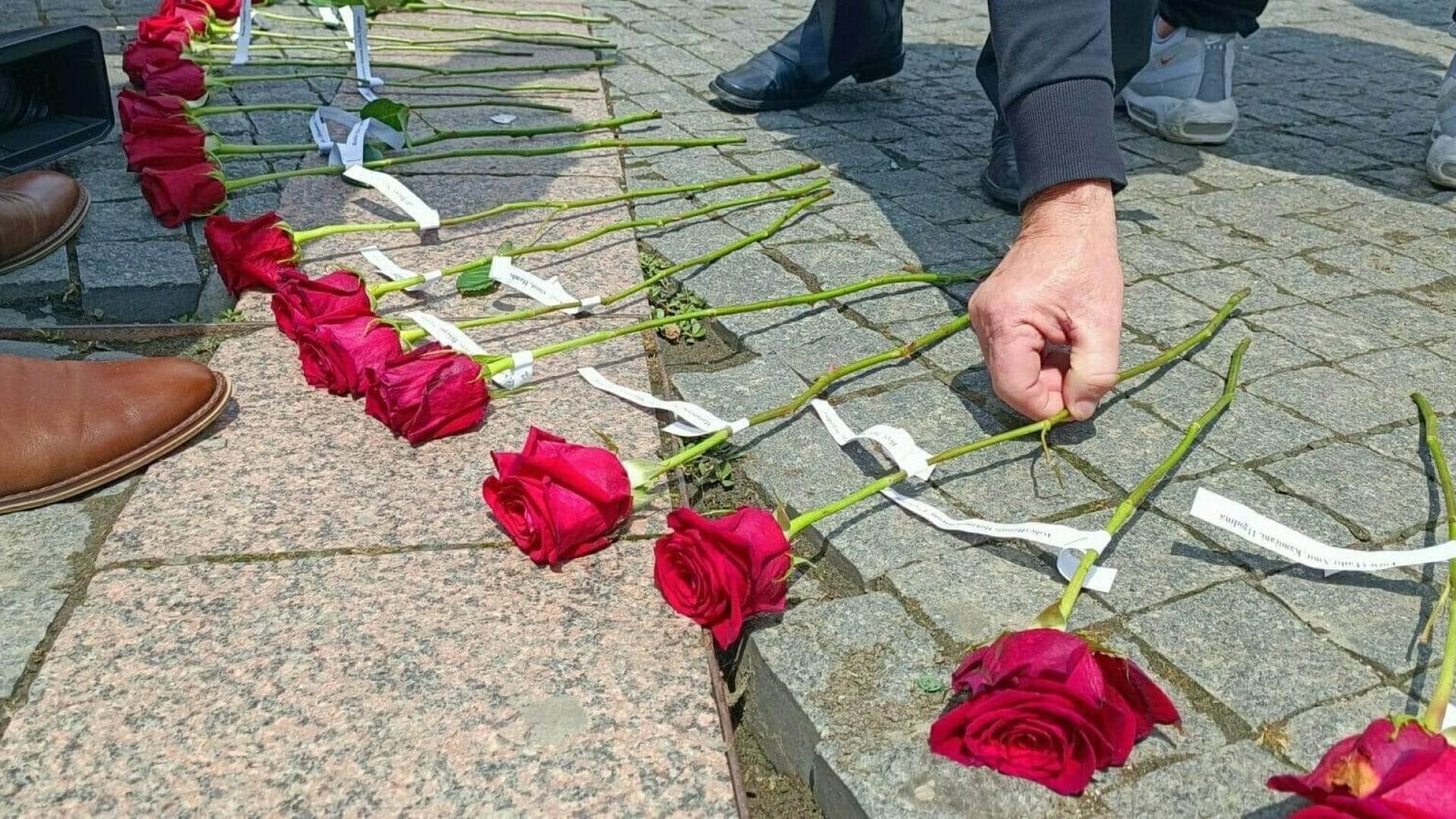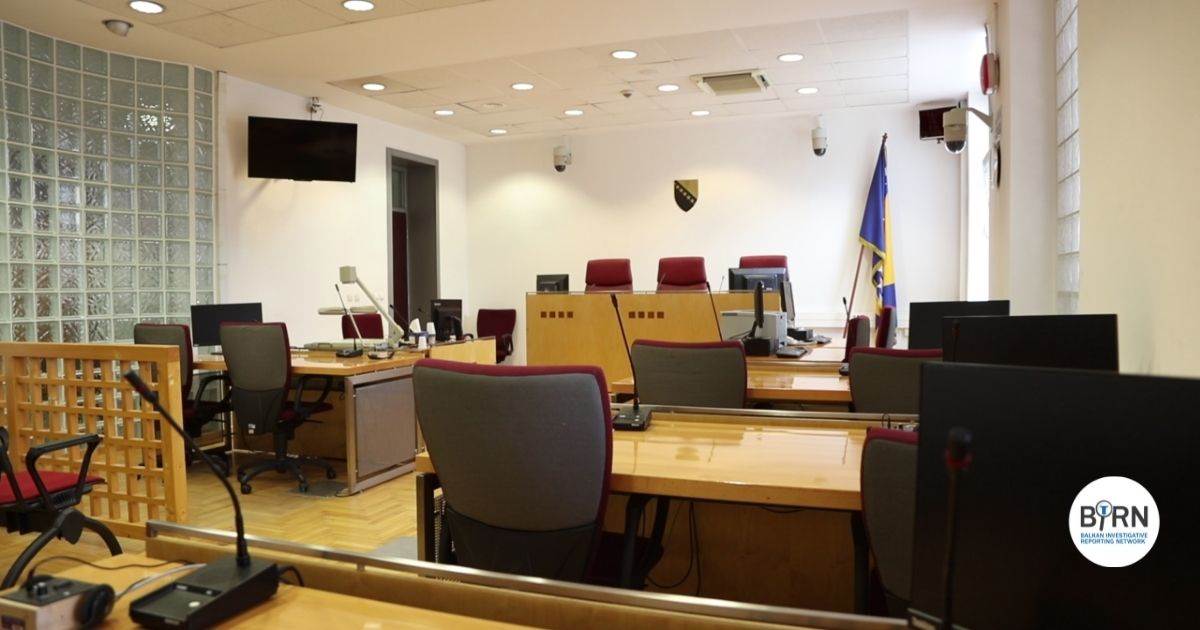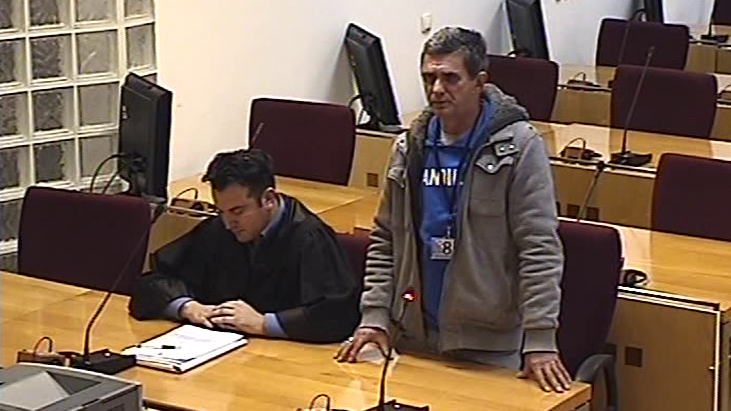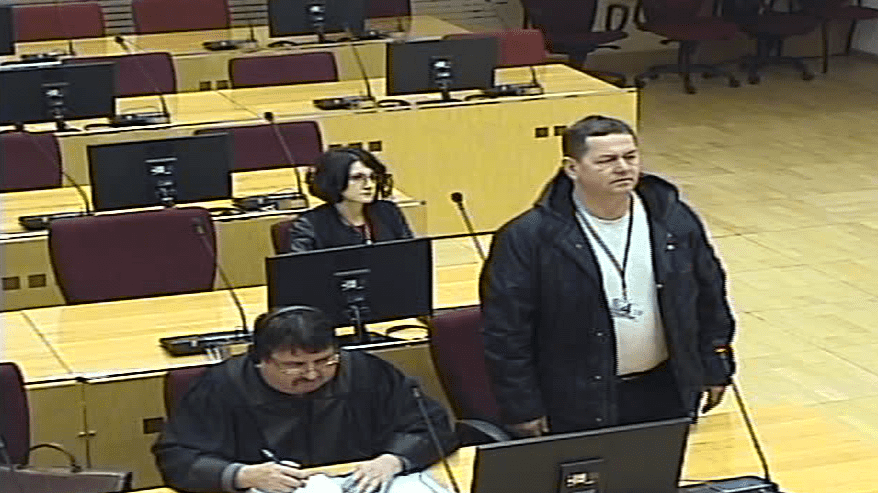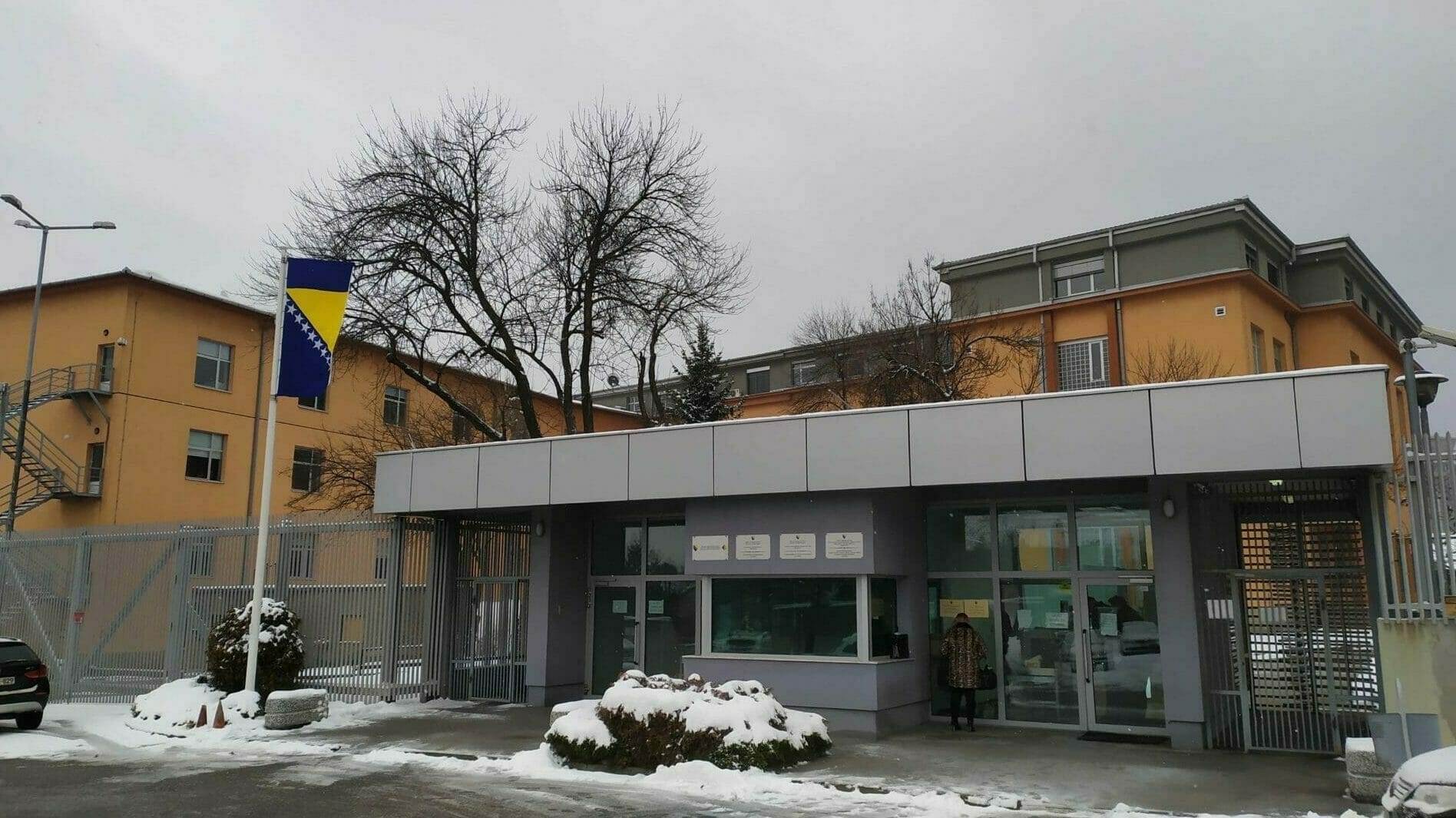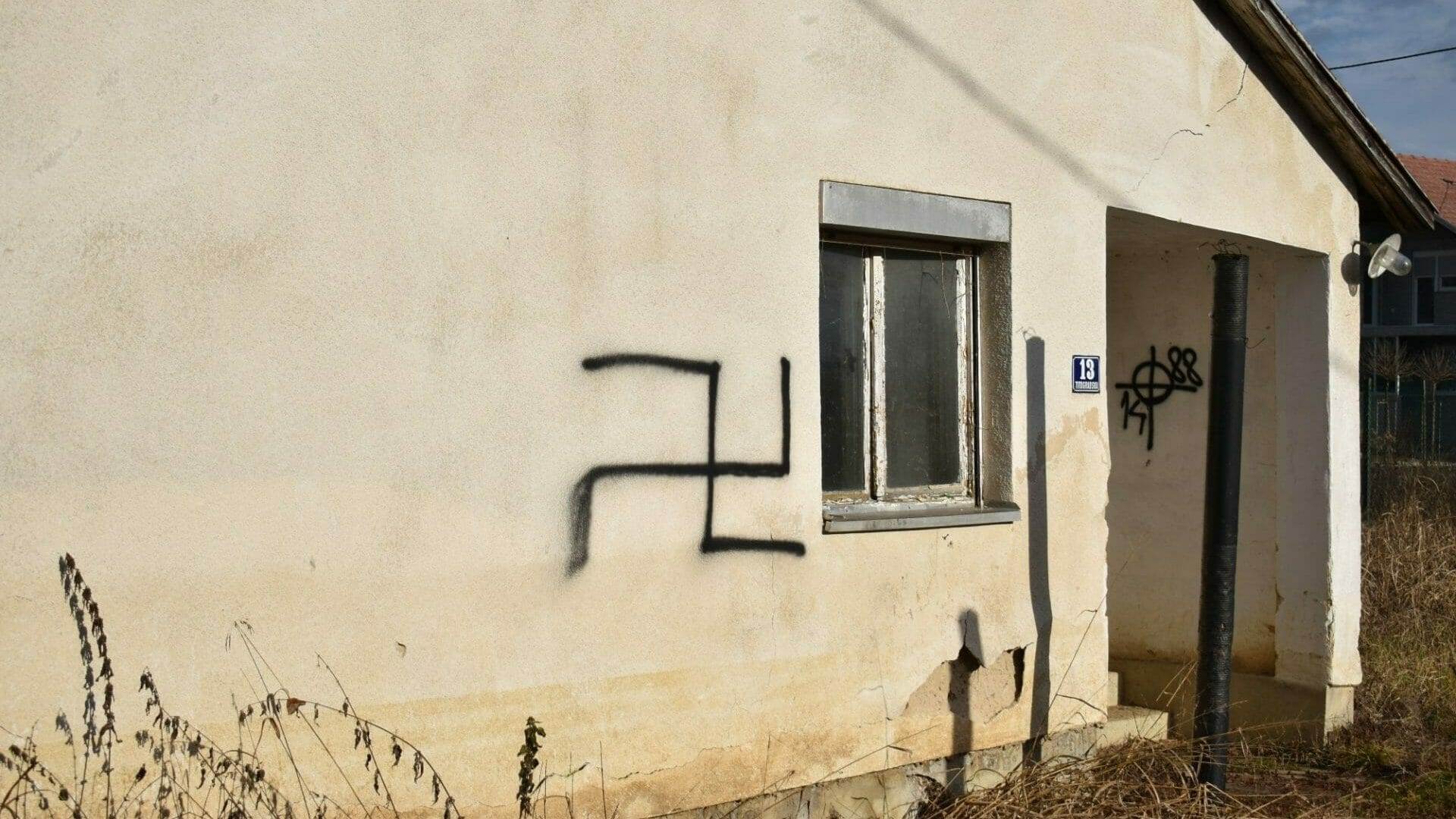The system of detention camps set up by Bosnian Serb forces during the war in 1992 was intended to torment and humiliate entire communities, genocide scholar Hikmet Karcic argues in...
Two small but vocal groups of right-wing Bosnian Serb nationalists exerted pressure that is believed to have caused the authorities in the city of Prijedor to ban this year’s White...
A ban on a march commemorating victims of wartime persecution by Bosnian Serb forces in the city of Prijedor, which police say was imposed for security reasons, has been criticised...
After police refused to permit a march to mark White Ribbon Day, the anniversary of the start of ethnic persecution in the Prijedor area in 1992, people gathered in a...
Bosnian Serb ex-policeman Radomir Stojnic, who was on trial for involvement in the mass killings of Bosniaks in the village of Zecovi near Prijedor in 1992, became the second defendant...
The state court confirmed an indictment charging former Bosnian Serb policemen Dane Bajic and Mijodrag Knezevic with involvement in illegal detentions, torture and murder in the Prijedor area in 1992.
Sabahudin Kajdic was found guilty of involvement in persecuting Bosniak civilians, murders and forcible disappearances while serving with the Bosnian Serb Army in Prijedor during the war in 1992.
The Constitutional Court rejected an appeal from former Army of Republika Srpska soldier Sretko Pavic, who was sentenced to 11 years in prison for killing of five members of a...
The Bosnian state court has again rejected an indictment accusing wartime Serb official Milenko Stanic of committing crimes against humanity against Bosniak civilians in the Vlasenica area in 1992 and...
Symbols of neo-Nazi organisations and slogans glorifying the Srebrenica genocide have been spraypainted in part of the Bosnian town of Prijedor that is mainly populated by Bosniaks who returned after...




